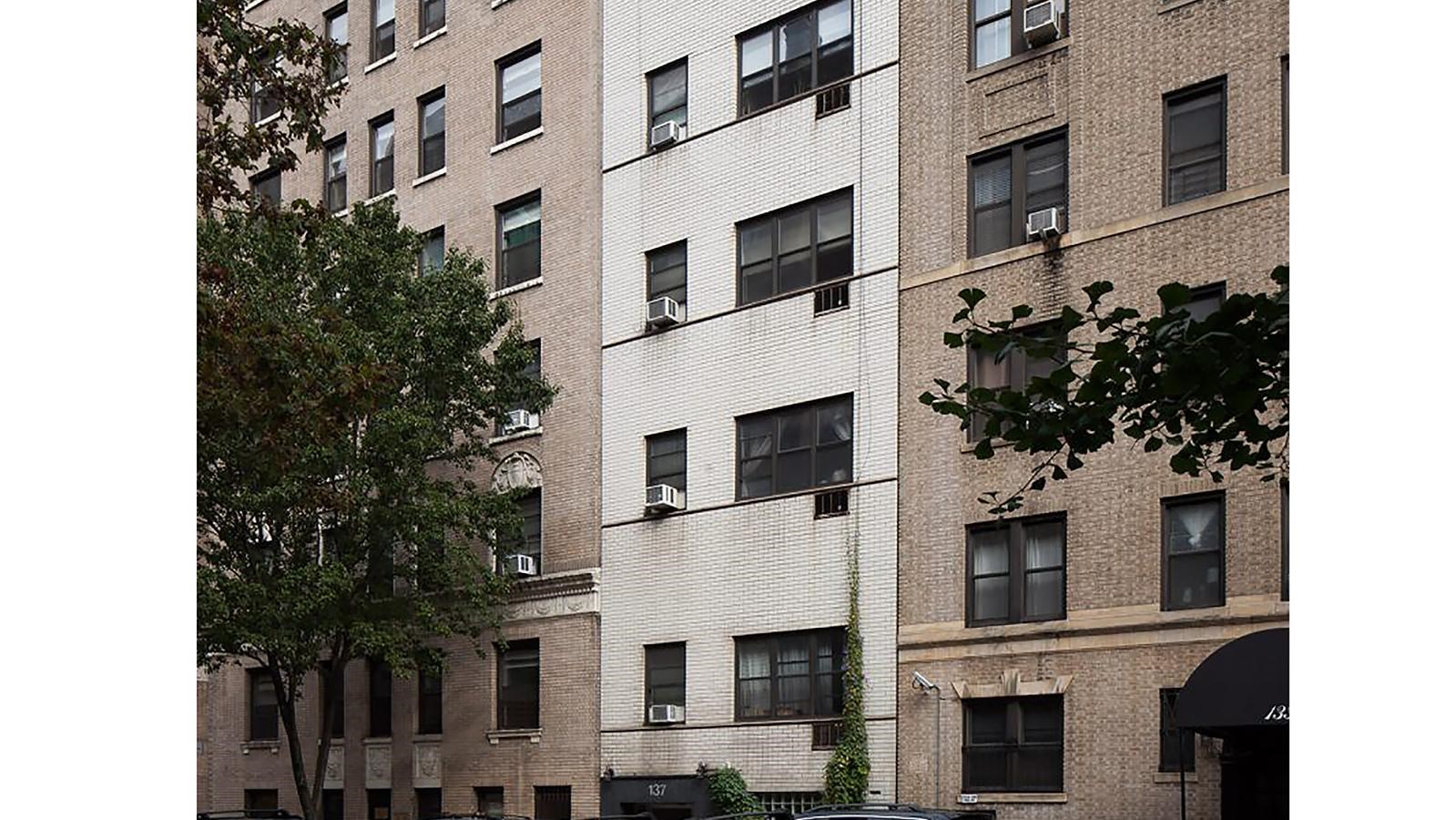Last updated: February 19, 2025
Place
James Baldwin Residence, New York City

Photo copyright Chris Brazee, New York City LGBT Sites Project
The Baldwin Residence is significant for its association with American author and activist James Baldwin. He owned this house and used it as his primary American home in the final period of his life, 1965-1987.
James Baldwin made important and lasting contributions to American literature and social history. As a gay Black author, civil rights activist, and social commentator, he shaped discussions about race and sexuality. He was active in literary, political, and social circles, influencing all of them. His biographer called him “the most prominent writer to chronicle and critique the U.S. Civil Rights movement.”
James Baldwin was born in Harlem in 1924. From childhood through the late 1940s, he lived in several apartments in Harlem and Greenwich Village. From these apartments, he published his first novels. Due to racial tensions in the United States, and especially to his personal experiences, Baldwin moved to France. He described himself as a “transatlantic commuter,” traveling often between the United States and France. His work continued to focus on America’s ongoing struggles with race. In 1965, he bought this building in New York City. From here, he wrote and spoke extensively about the Civil Rights movement and the reality of Black lives in America.
The building was built in 1890 as a single family home. In 1961, it was redesigned and divided into ten, one-bedroom apartments. When in New York City, Baldwin lived in Apartment B. His mother lived right above him in Apartment 1B, and his sister Gloria lived in Apartment 4A. For a time, Toni Morrison lived in the building, and Baldwin and his relatives considered her extended family. The apartments were relatively small; Baldwin’s was 600 square feet and had two rooms. It was more than a place to eat, sleep, and write: Baldwin’s apartment was a hub of literary and social activity. His niece recalled that people “from all walks of life ... flocked to 71st Street, knowing they would find him there. Some followed him home from speaking engagements to extend their time in his presence a little longer.” Conversations included “feminism, race, Africa, poverty, the Vietnam War, black male and female relationships, black men and white women, the FBI and whether they were listening.”
While Baldwin lived in this building, eight of his works were performed or televised and he published fourteen written works. These included novels, essays, plays, screenplays, dialogues, and a book of poetry. He also wrote a children’s book that featured his niece and nephew. It used this building, where they lived, as inspiration. Baldwin did not shy away from representing the Black lesbian, gay, and bisexual community in his works. Several of the novels he wrote here feature gay or bi-sexual characters.
More than thirty years after his death, James Baldwin’s work and commentary continue to be relevant. They are often referenced in discussions about marginalized communities.
A project through the Underrepresented Community Grant Program, which works to diversify nominations submitted to the National Register of Historic Places, funded the effort to recognize the significance of this property related to LGB history. The James Baldwin Residence was added to the National Register of Historic Places on September 3, 2019.
Source:
National Register Nomination, James Baldwin Residence
